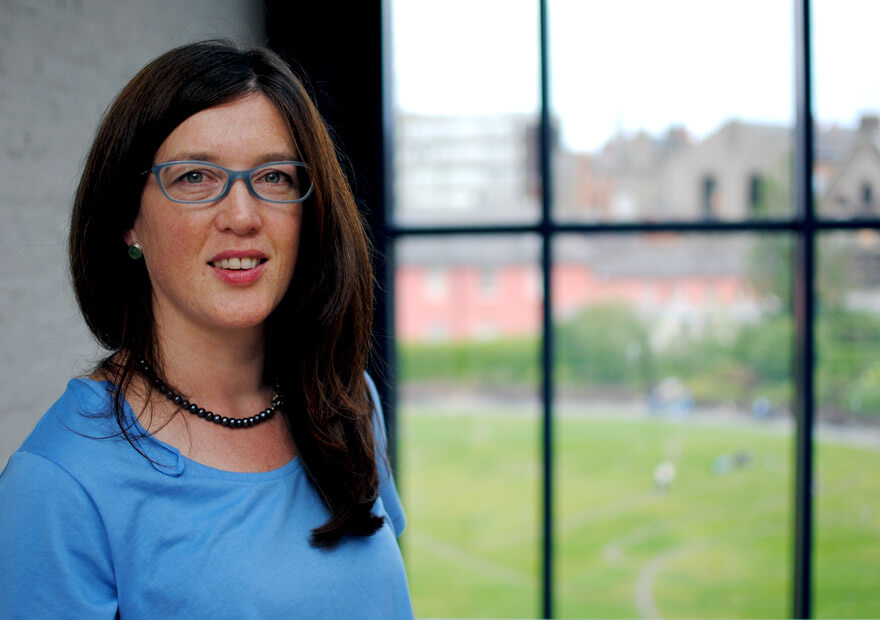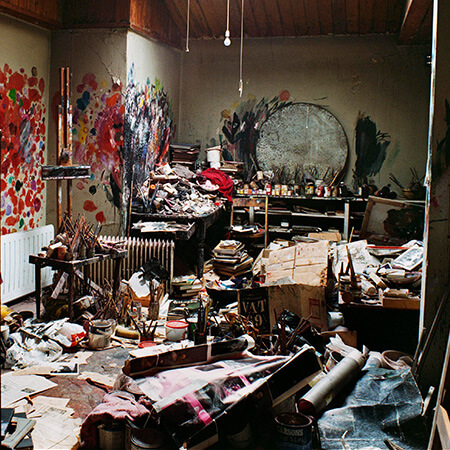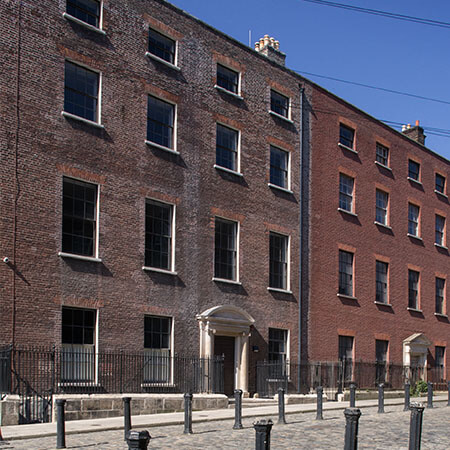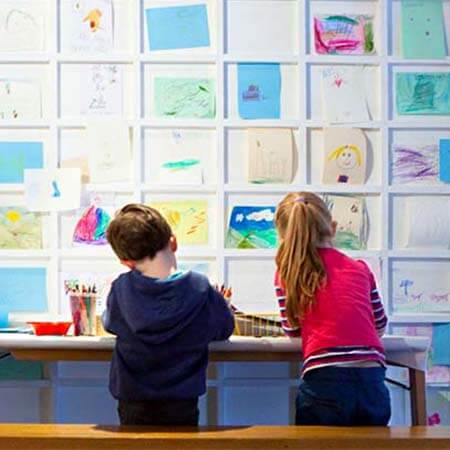Dubliners know where to find Armageddon, The Whore of Babylon and The Seven Headed Beast. They’re in the Book of Revelations. But where would you find the actual book?
Well it so happens that most probably the earliest copy in existence (it’s called Papyrus 47) is right here in Dublin, at the Chester Beatty.
It’s just one of the myriad treasures of this museum. There are Egyptian Books of the Dead, Japanese picture scrolls, Art Deco French book bindings: the range and depth of the collection is extraordinary. Chester Beatty himself – the man who made this collection – was a mining magnate. Jenny Siung, Head of Education at the Chester Beatty, has a similar affinity for precious metal. She sidesteps the ‘what’s your favourite exhibit’ question with the answer: ‘Gold! It’s in the Japanese scrolls, the jade tablets from China, the Islamic manuscripts, the bibles’.
You have to go into the different communities and invite them to come into the museum
Dublin.ie: Your background was originally in Western art. How did you deal with the fact that so much of the collection here is from other traditions?
JS: I started on an evening in autumn in 2000. I went up to Taney Hall in Dundrum to meet the Indian community during the Hindu Festival of Lights. I walked into this parish hall and everyone turned around and stared at me. But you have to make that effort. You have to go into the different communities and invite them to come into the museum. Then we can have a conversation and pick out cultural aspects of the cultures represented in the collections to engage with and share with our audiences. That kick-started the programme. We’ve been developing this approach and befriending members of the community ever since.
The importance of STEAM in the education system is beginning to be recognised a lot more now
Dublin.ie: The problem with some museums is…?
JS: That they can tend to stay within their four walls and not engage with the outside world. That’s lethal to their existence because they’re going to lose a lot of audiences and audience engagement is massively important.

Jenny Siung, Head of Education at the Chester Beatty Library
Dublin.ie: You welcome six-to-eleven year-olds and teen groups here on visits. What do they get up to? How do they respond?
JS: They love craft, they love engineering, they love the DIY aspect. Last year we did fashion totes inspired by the fashion plates in the collection. Artist Fuschia MacAree brought in these bags and they made their own drawings and then they transferred them onto bags and started painting them. We’ve also worked with Dr Niamh Shaw. She’s a scientist and a performer and she mixes the two together to involve the kids. That’s very much coming from a STEAM aspect: science, technology, engineering, art and maths. The importance of STEAM in the education system is beginning to be recognised a lot more now.
We have cultural diversity in Ireland today and the Library is in the prime position to address this through its collections and through our initiatives
Dublin.ie: The CB seems to be a bit of a pathfinder regarding what a museum can actually do education-wise. The paper plane launcher, for instance. What’s going on there?
JS: Because of the scientific and engineering manuscripts that we have in the collections we try and build that bridge between what’s in the collection and what young people would like to see – within reason. We were on a field trip…
Dublin.ie: Wait, you take young people on field trips!?
JS: Sure, we were with some teens this year at Dublin Maker [the showcase event for makers and inventors]. They came across the plane launcher there and they said we’d like to see that in our programme. So in it went.



